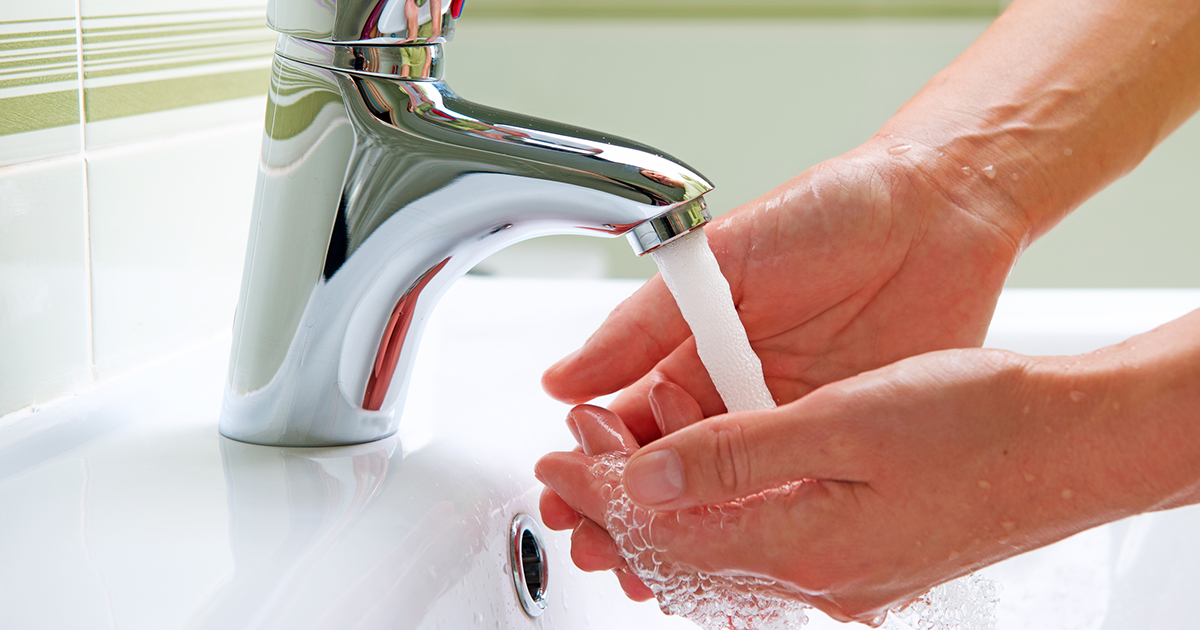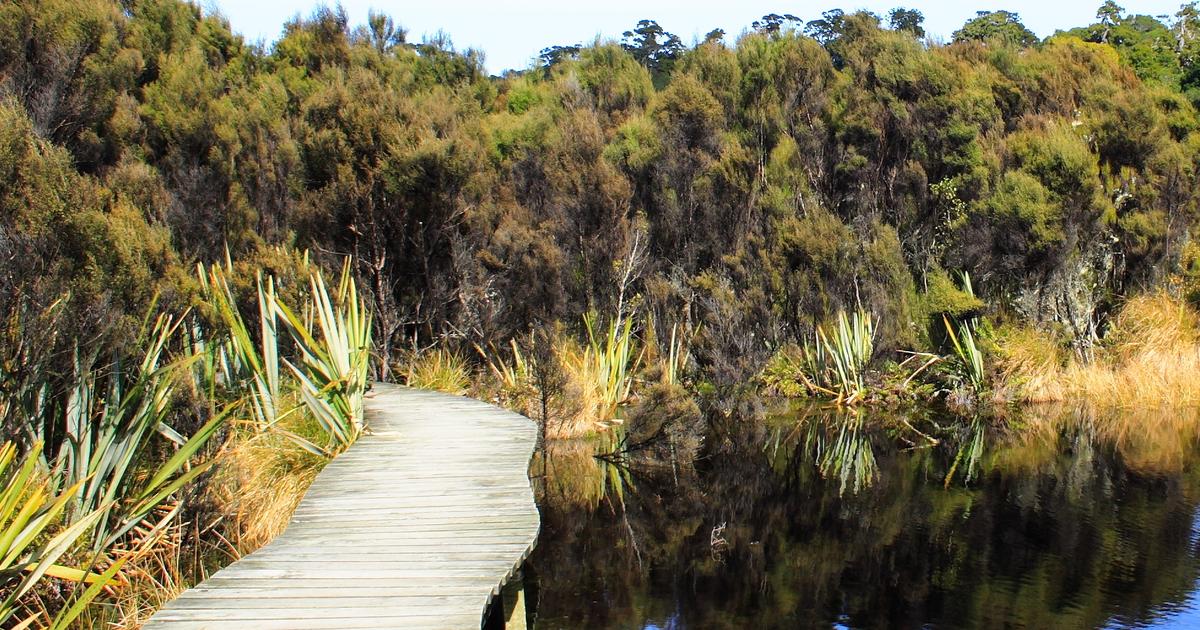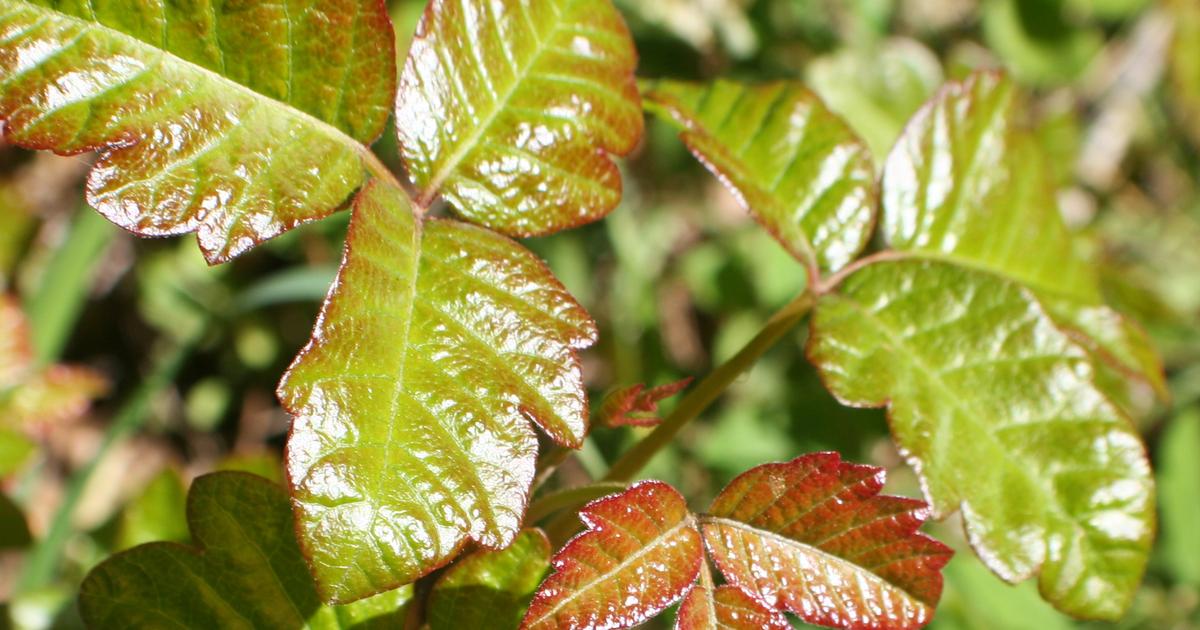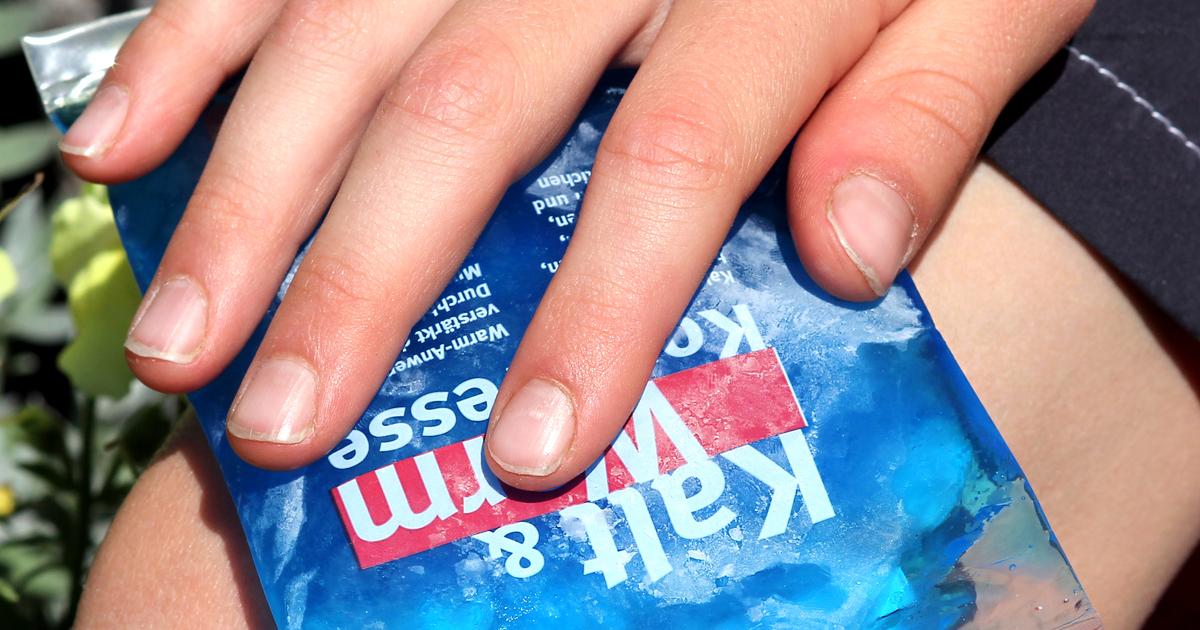Guide To Preventing And Treating A Poison Sumac Rash
A few hours after a hike on a wetland trail, a patient notices a red, itchy rash. Through the night, they go through bouts of intense itching, and in the morning, they notice small blisters have developed. These are the irritating consequences of coming into contact with poison sumac. Although poison sumac looks like other species of sumac trees, it is a member of the genus Toxicodendron along with poison oak and poison ivy. Plants in this genus produce urushiol oil, which is the source of the itchy skin. While a poison sumac rash is rarely life-threatening, it is certainly uncomfortable and best to be avoided. The good news is there are a few simple ways individuals can prevent and treat a poison sumac rash. Learn about this now.
Immediately Wash Skin With Soap And Water

If an individual thinks they have come into contact with poison sumac, the first step they should take is to immediately wash their skin with soap and water. The longer urushiol oil is in contact with the skin, the higher the individual's chance of developing a rash is and the more severe the rash will be. It is critical to use soap and not water alone, since because oil and water do not mix, only rinsing with water can spread the oil on the skin, making the contact area even larger. Soap will emulsify the oil, breaking it down so it can be safely rinsed from the skin. It is best to wash the affected area multiple times with soap and water to be certain the oil is removed.
Reveal the next method of preventing a poison sumac rash now.
Wear Protection On The Skin

The best way to avoid a poison sumac rash is to avoid contact with the plant in the first place. Poison sumac is one of many reasons to wear protection on the skin when exploring the outdoors. If individuals are visiting an area where they suspect poison sumac may be present, they should wear long pants and a long-sleeved shirt. Because most individuals are more familiar with poison ivy, they know to check the ground for irritating plants, but they may miss poison sumac leaves hanging down from above. Poison sumac can grow into a tree several feet high, so individuals may also want to wear a hat with a brim to protect their face and neck.
Keep reading to learn about the next option for preventing a poison sumac rash now.
Avoid Scratching The Skin

Once a poison sumac rash has developed, there is very little to do but let the rash run its course. For most individuals, especially with a mild rash, this will take a week to ten days. However, it is still important to avoid scratching the skin. Scratching open the blisters can expose sensitive skin to infection as well as cause weeping sores in the affected area. There are several common remedies used to minimize itching and thus lessen the desire to scratch. Over-the-counter antihistamines may help individuals sleep through the night, and cold compresses can help alleviate itching during the day. An oatmeal bath is another common solution for relieving the itch of a poison sumac rash.
It is important to note, however, sometimes an itch can develop before the rash appears, which is why avoiding scratching the skin is crucial even when attempting to prevent a poison sumac rash. Think about it like insect bites, which often cause itchy skin before the raised bumps and red skin appear. If individuals never scratched them, the bumps may never appear, or even if they did, they'd be far less severe.
Get to know more ways to prevent a poison sumac rash now.
Avoid Areas With The Plants

Patients can definitely avoid a poison sumac rash when they avoid areas with the plants. Poison sumac is one of the least commonly found members of the Toxicodendron family and is found only in wetland areas, as it requires a large amount of moisture to grow. However, where it is found, there will often be clusters of poison sumac trees. If individuals are hiking near a wetland area, they should be sure to stay on marked trails as these will normally help them steer clear of the poison sumac. Before going on a hike, individuals should familiarize themselves with the plant’s appearance so they can recognize it on the trail.
Discover another method of preventing a poison sumac rash now.
Carefully Remove Poison Sumac From the Area

If individuals own wetland property or are working on a wetland trail system, there may be times when they need to carefully remove poison sumac from the area. This work should only be undertaken while wearing protective clothing. Handling poison sumac plants is a delicate operation as the root systems contain a high concentration of urushiol. It is very important to not burn poison sumac plants after removal. The urushiol oil can be inhaled with the smoke, which can lead to a very serious systemic allergic reaction in sensitive individuals Poison sumac plants need to be disposed of responsibly, where others will not come into contact with them, and allowed to decompose naturally. Removing the plants from wetland areas can help make these areas more accessible and safer for individuals to be in.
Uncover more options for treating and preventing a poison sumac rash now.
Wash Clothing As Soon As Possible

Individuals who may have come into contact with poison sumac should wash their clothing as soon as possible. This will reduce the risk of transferring the poison sumac oils to other parts of the body that may not have had direct contact with the plant. All clothing worn at the time they had contact with poison sumac needs to be washed, including undergarments, socks, gloves, and hats. If possible, shoes should be washed too. Washing in hot water with an antibacterial detergent is recommended, and all clothing should be washed in a separate load. If using a dryer, clothing needs to be dried in a separate load too. For extra protection, it may be beneficial to wash all contaminated clothing two or three times.
Learn more about managing a poison sumac rash now.
Apply A Steroid Ointment Or Cream

The rash caused by poison sumac may persist for weeks, and it is often intensely itchy. To help manage the itching, patients can apply a steroid ointment or cream. Hydrocortisone cream is one of the most widely used steroid creams, and it is available over-the-counter. Individuals who use non-prescription topical steroids should always follow the dosing recommendations, and these medications should not be applied over large areas of the body. Using topical steroids daily for two weeks or more could result in thinning of the skin at the application site, and the risk of this is increased if the topical steroid is used on the under-eye areas, skin folds, or other parts of the body with naturally thinner skin. To reduce the likelihood of side effects, patients should apply topical steroids no more than twice a day, and ointments and creams need to be applied to the affected area in a thin, even layer. Patients who have not seen any improvement in their symptoms after using topical steroids for two weeks should see a dermatologist for evaluation. If necessary, the specialist can prescribe higher-strength topical steroids or other treatments that may be more effective.
Get more details on treating a poison sumac rash now.
Try Antibiotics

Severe cases of poison sumac rashes could lead to infection, and patients might develop a fever, significant swelling, and blisters that have a discharge of pus. In these instances, it may be necessary to try antibiotics to treat the infection. Topical antibiotics such as mupirocin and clindamycin are effective for many skin rashes, and doctors might wish to prescribe these first. For patients with very advanced symptoms who need oral antibiotics, specialists often prescribe tetracycline, dicloxacillin, or erythromycin. Patients using mupirocin cream may notice dry skin, and stinging could occur at the time of application. Headaches, nausea, and abdominal pain have been reported in some patients, and these rare side effects should be reported to the prescribing doctor immediately. Individuals taking dicloxacillin might develop diarrhea, nausea, or vomiting, and some patients have had oral thrush and yeast infections. If these side effects develop, they should be reported to a healthcare provider, and it may be necessary for the patient to switch to another antibiotic.
Keep reading for more tips on treating a poison sumac rash now.
Take Lukewarm Baths

To soothe skin at home, patients who have a poison sumac rash may wish to take lukewarm baths. While hot water could dry out and further irritate the skin, lukewarm water will not worsen the patient's symptoms. Some individuals may find cool showers are soothing too. When taking a bath or shower, patients who have a rash should avoid using harsh soaps that might cause dryness. Adding colloidal oatmeal to a bath is beneficial for the relief of itching, and many patients have also found applying a paste of baking soda and water shortly after bathing or showering helps reduce itching. When drying the skin after a bath, dermatologists recommend gently patting the skin dry, as rubbing could exacerbate symptoms. Applying topical medications immediately after a bath or shower can help increase the absorption of the medication. For maximum relief, applying a topical anesthetic such as benzocaine, lidocaine, or menthol to the affected area after a bath could help keep the patient comfortable for an extended period.
Get more details on alleviating a poison sumac rash now.
Apply Cool Compresses

Dermatologists recommend patients apply cool compresses to skin rashes, particularly if blisters are present. The blisters associated with a poison sumac rash typically leak fluid before forming scabs, and they may be accompanied by pain or a burning sensation. To make a cool compress, patients can place ice in a plastic bag. After covering the bag with a towel, the compress can be placed on the rash. If ice is not available, experts advise wetting a towel with cold water, putting it in a sealed plastic bag, and placing the bag in the freezer for fifteen minutes. After that time, the bag is ready for use. Compresses made from wet towels are generally more comfortable for use on rashes in sensitive areas such as the eyes or face. If necessary, a bag of frozen vegetables is suitable for a cool compress. To prevent ice burns, all compresses should have a cover or be wrapped in a towel before being applied to the rash. Doctors advise using a compress for up to twenty minutes at a time, and compresses are safe to use several times a day.